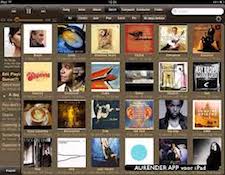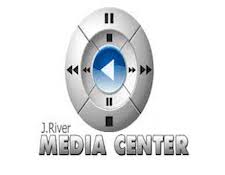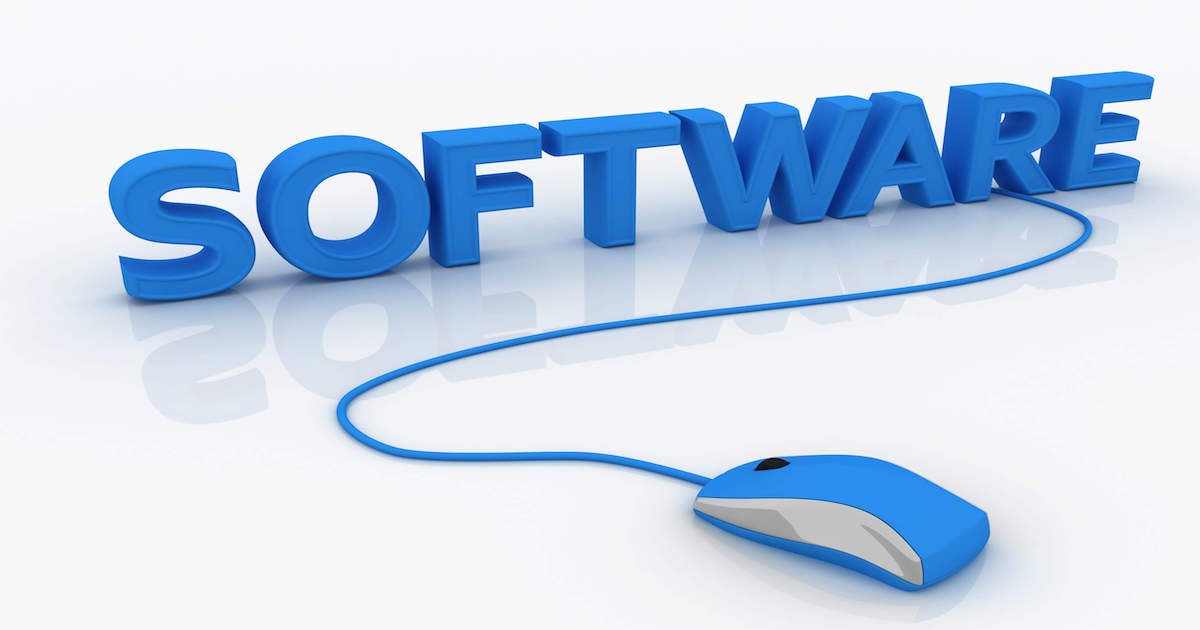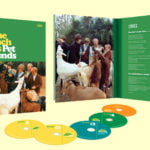It’s the time of year for saving money!
I stopped by a local restaurant for lunch recently and noticed a new sign as I walked inside. “Avoid the line, download our app” could be seen hanging on the door prominently displayed in red, white and blue. Where I get my hair cut even has an app to allow customers to sign in online to reduce the time spent waiting for a new doo. With literally millions of available apps, we have become a world who frequently keeps in touch with our everyday life with some type of computer assistance. All of these apps, not surprisingly, run on software.
 As digital audio becomes ever more popular in the streamed version, and is slowly (probably quickly) becoming the predominant method of how audiophiles listen to digital music, it goes without saying that software is heavily involved. From the streaming sites themselves, to the server, the DAC doing the heavy lifting and the handheld device used to control everything, digital playback has become software centric.
As digital audio becomes ever more popular in the streamed version, and is slowly (probably quickly) becoming the predominant method of how audiophiles listen to digital music, it goes without saying that software is heavily involved. From the streaming sites themselves, to the server, the DAC doing the heavy lifting and the handheld device used to control everything, digital playback has become software centric.
From the component standpoint, there is the decision on the manufacturer’s part to enable software upgrades or not, which may, possibly, entice a new sale once the existing technology becomes too outdated. At some point, it is not inconceivable that the digital device of today will be so out of step tomorrow it will be essentially rendered undesirable. My DAC, for example, is neither inexpensive nor, as far as I know, upgradable. I have always felt like buying an audio product is expensive enough all on its own – having the ability to upgrade the operating system seems only reasonable and fair. While there are a considerable number of devices capable of these upgrades, there are likely a staggering number that are not.
 Not limited to strictly a server and a DAC, digital amps and preamps are also gaining in popularity. It’s not at all uncommon or unreasonable to have all digital components from the playback source all the way to the speakers. Of course the one exception in all of this is good ole’ analog – that archaic technology that sounds so wonderful and is, to many, the hottest commodity in all of high performance audio. It needs little more than new music and the occasional new cartridge; software upgrades, generally speaking, need not apply.
Not limited to strictly a server and a DAC, digital amps and preamps are also gaining in popularity. It’s not at all uncommon or unreasonable to have all digital components from the playback source all the way to the speakers. Of course the one exception in all of this is good ole’ analog – that archaic technology that sounds so wonderful and is, to many, the hottest commodity in all of high performance audio. It needs little more than new music and the occasional new cartridge; software upgrades, generally speaking, need not apply.
One dilemma manufacturers face is specifically where and how to obtain the software to run their devices. Many of the larger companies have software designers and engineers on their staff. Others use programs commercially available. In either case, the software must be capable of performing the required functions.
 Aurender (http://www.aurender.com ), for example, uses an open source Linux-based operating system to run their devices. I suspect the program is modified to work as seamlessly as possible. However, for their iPad app, they use their own “Conductor” app which was developed in house. Anyone who has ever used an Aurender knows how simple and functional the app is to control what and how music is played through the server.
Aurender (http://www.aurender.com ), for example, uses an open source Linux-based operating system to run their devices. I suspect the program is modified to work as seamlessly as possible. However, for their iPad app, they use their own “Conductor” app which was developed in house. Anyone who has ever used an Aurender knows how simple and functional the app is to control what and how music is played through the server.
Other manufacturers choose to use commercially available software. My music server uses Windows Server for basic functionality yet has no fewer than six fully custom, proprietary, patented software programs to control everything from copy to file storage. However, the manufacturer went with JRiver to control things like selecting what songs are played, playlists and other such choices. While JRiver is very comprehensive and highly adaptable, I have yet to concern myself with delving more deeply into all of it’s functionality. Moreover, I don’t really feel compelled to find out what they are – I just simply want to play a song.
 As technology progresses, which technology always does, the width and breadth of what the software programs that control the devices audiophiles use will also progress. It seems logical that the knowledge and understanding of those using the device will require a better understanding of computers. It would seem that the days of dropping a CD into a tray and pushing the play button, a task also controlled by software, is being left behind.
As technology progresses, which technology always does, the width and breadth of what the software programs that control the devices audiophiles use will also progress. It seems logical that the knowledge and understanding of those using the device will require a better understanding of computers. It would seem that the days of dropping a CD into a tray and pushing the play button, a task also controlled by software, is being left behind.
Manufacturers are enthusiastically determined to stay on the cutting edge – and why not, it is basically a requirement to remain a thriving business entity. What sort of leading edge designs will come in the future remains to be seen. Where, and by whom those software programs will be developed also remains to be seen. Were I a software engineer and also an audiophile, I would be working on some new, hopefully innovative software program to enable the rest of us crazy audiophiles to do what we do best, play and enjoy music. One favor, please don’t make it too complicated, okay?








